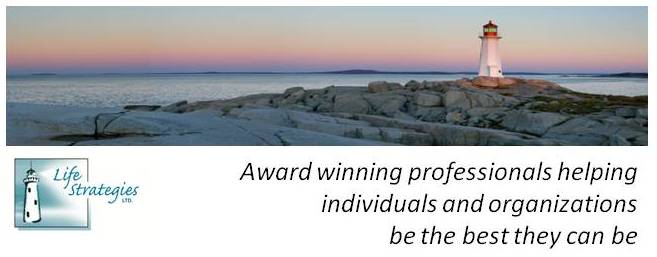
If you’ve made the decision to engage in professional development, these tips will help you prepare for learning:
- Reflect on your learning goals. Make your learning experience more meaningful and personalized by considering what you hope to accomplish and what it will take to ensure success.
- Assess fit with your preferred learning style. Seek out professional development opportunities that work for you – e.g., if you thrive on group discussions but have selected a self-study program, this mismatch may negatively impact your learning experience.
- Make learning a priority. Once you’ve decided to engage in learning, you’ll need to commit to it. Look at your life roles and responsibilities to identify what you can shift; determine what supports you need and who can help you out.
- Get organized. Plan ahead and block out time in your schedule for studying. Pay attention to important deadlines and make space in your life to accommodate them.
- Be open-minded. You’ll likely learn with people who have thoughts, feelings, and opinions which differ from yours. Interacting with and learning from diverse groups will enrich your learning experience.
- Take orientation/information sessions. Many institutions offer orientations for new students to learn more about the school, the program, the instructor(s), and learning format. If you can’t find one, you may want to look for information on the website or schedule an appointment with a student advisor.
Although not all learning occurs in a formal setting (i.e., classroom), many adults feel anxiety when returning to “school.” Non-traditional ways of learning (e.g., online) can be a great way to re-engage with learning may provide a better fit with work/life roles. In our own LearnOnline programs and courses, we often have students who have been out of the traditional classroom setting for quite some time.
If you’re considering online learning, be aware that not all programs are created equal. Some are more self-directed whereas others take a facilitated learning approach. Our Online Readiness Quiz can help you assess whether you’re ready for learning in the online environment. For more tips on online learning success, see 10 Tips for e-Learning Success.
Interested in taking courses with us? Check out our back to school sale for discounts until September 2nd.
Share with us your own tips for preparing for learning? How do you know you’re ready?









